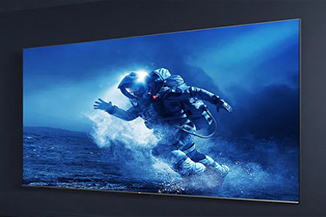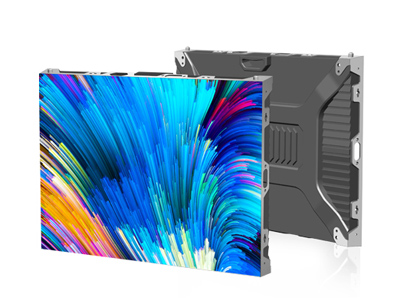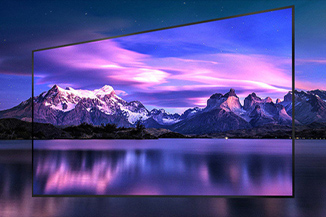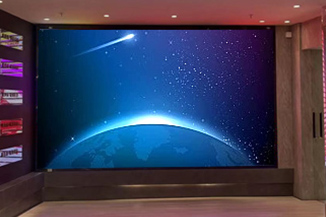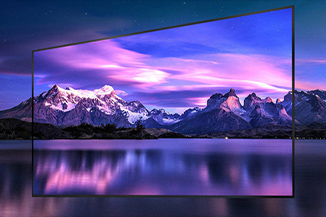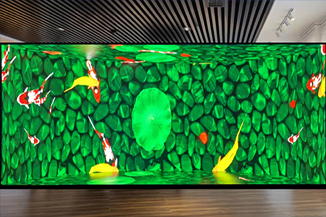Publisher: Supplier of LED Display Time: 2022-03-23 14:45 Views: 1559
In hot weather, outdoor LED displays have more stringent requirements for heat dissipation. Today, LCF sent a small editor to tell you several methods to improve the heat dissipation effect of outdoor LED displays, so that your LED displays can have a good summer.

The LED display can be dissipated by fans, and the long-life and high-efficiency fans are used inside the lamp housing to enhance heat dissipation. The more commonly used method is low in cost and good in effect.
The LED display can use aluminum heat dissipation fins, which is the most common way to dissipate heat. Aluminum heat dissipation fins are used as part of the housing to increase the heat dissipation area.
The LED display can be integrated with heat conduction and heat dissipation - the use of high thermal conductivity ceramics. The purpose of heat dissipation of the lamp housing is to reduce the working temperature of the LED high-definition display chip. Due to the difference between the expansion coefficient of the LED chip and the expansion coefficient of our usual metal heat conduction and heat dissipation materials It is very large, and the LED chip cannot be directly welded, so as to avoid high and low temperature thermal stress from damaging the LED display chip.
The LED display can be dissipated by heat pipe, and the heat is conducted from the LED display chip to the heat dissipation fins of the casing by using the heat pipe technology.
The LED display screen can use aerodynamics and use the shape of the lamp housing to create convection air, which is a low-cost method to enhance heat dissipation.
The LED display screen can be treated with surface radiation heat dissipation, and the surface of the lamp housing can be treated with radiation heat dissipation treatment.
The LED display can use a thermally conductive plastic shell, and fill some thermally conductive materials when the plastic shell is injection molded, so as to increase the thermal conductivity and heat dissipation capacity of the plastic shell.
